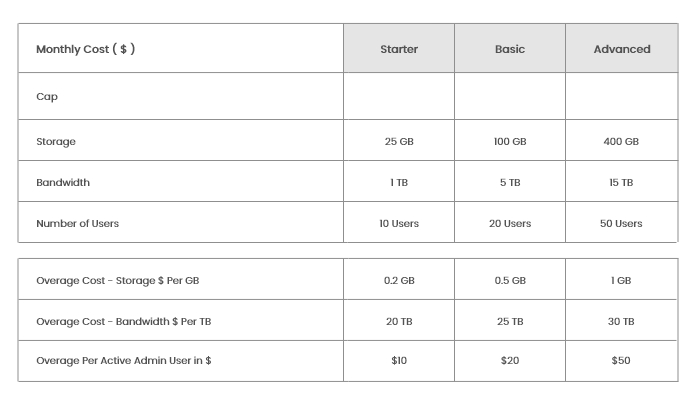



Top 10 SEO Trends for 2022 from Semrush - Part Two (2/2)
Semrush released the SEO trends we need to look for in the year 2022 and 2023. Here we have taken the summary.
Search Engine Optimization (SEO) may be a powerful tool for drawing customers to your online platforms. Keeping up with the most recent changes in SEO might be difficult because it is continuously changing. But the work is worthwhile: About 70% to 80% of people completely disregard paid listings in favor of organic results. Furthermore, about 28% of those searches end in a purchase. In order to perform at the highest level in SEO, various metrics must be taken into account, including traffic, back-links, and social media shares, to mention a few. With the help of our guide, you may gain knowledge about some of the most important and timely search engine optimization trends to expect in 2022 and adjust your SEO approach accordingly. This is part two of our blog - To read the previous one - Top 10 SEO Trends for 2022 from Semrush - Part One (1/2)
6. Taking Advantage of the featured snippet:
If you want to move up in the Google results, we won't need to only produce long-term content. A kind of shortcut to being well-known on Google, featured snippets were introduced in 2017 and are quite succinct. You could occasionally see a box at the top of the SERPs, above the actual results, when typing something into Google. Featured snippets display a section of text, frequently organised as a Q&A or succinct how-to guide with bullet points. Additionally, there are rich snippets that include pictures, reviews with stars, pricing, and other data. Focus on question-based questions and pertinent keywords while creating snippets. You can find ideas by using Google's "people also ask" search feature.
7. Predictive Search and Discover will have improvements:
In 2017, Google Discover went live, releasing a brand-new type of search that doesn't even require a user query. Another AI-powered product from Google is called Discover. Over time, the content suggestion tool recognizes and gradually picks up on user behavioural patterns. Discover can determine the most accurate material that is most likely to pique the user's interest using this information. There are currently more than 800 million active users of Google Discover. You don't have to do anything unusual to appear. Your page will be incorporated if Google indexes it. Rankings of content are determined by algorithms that examine user interest and content quality. Google hasn't disclosed any specific contributing elements, but it appears that location data, browsing history, app usage, calendars, search history, and home and workplace locations are all pertinent.
8. We can't videos for SEO anymore:
The future seems to lie with online video. More than 1 billion people use YouTube. The moment is now to start producing video content, if you aren't already. Not persuaded? Here are some ideas to consider: Cisco predicts that consumers will consume more video than any other type of material. Key words are important. For instance, the auto-complete function on YouTube can serve as an inspiration if you're optimizing for that site. Start typing the subject of your video to see what appears in the search area; it will essentially be a list of suggested keywords that will reveal the exact terms that YouTube users are looking for.
9. Perform Image SEO and Image Optimization:
Visual image search has significantly changed. People used to be able to simply view photos. People will soon be able to utilise photos to make purchases, get information, and more. Since Google has always pushed that photos be properly marked up and optimized, it makes obvious that this is a component of their long-term strategy. If your website's photos aren't optimised, fix it right away. Use appropriate, high-quality photographs, and be sure to label the photo file with a name that is specific to the information on the related page. Use alt tags to help spiders categorise your photos. Last but not least, include images in your site map so that they may be crawled even easier.
10. Data Analytics at the helm of SEO Strategy:
Analytics may assist you in a number of ways, including confirming which URLs are being crawled, identifying referral sources, examining bounce rates, indexing, redirects, and more. Additionally, you can utilise data science to locate anomalous traffic sources, such as probable spam sites, and identify websites that you do not want crawlers to index (which will hurt your EAT credibility). There are several tools available for analysing the SEO industry. These Toolkit provide you with the tools you need to handle everything, including link building, on-page SEO, competition analysis, and rank tracking. You can identify where you are succeeding and, more crucially, where you are failing if you keep track of these information. This approach enables you to address issues and continuously enhance your online visibility.
Hocalwire CMS enables all these technical and strategic configuration possible within our system, give us a try - Get In Touch

